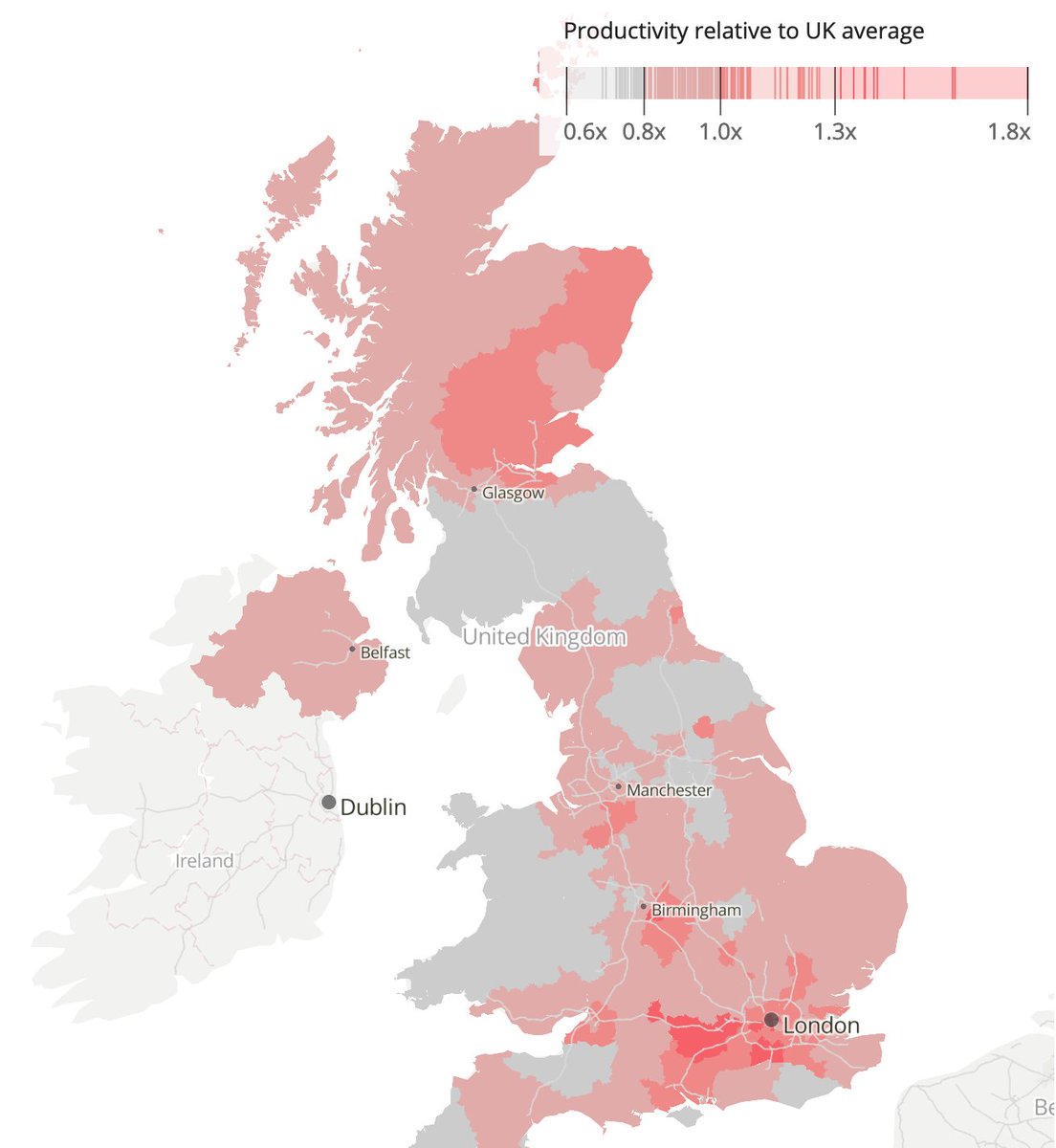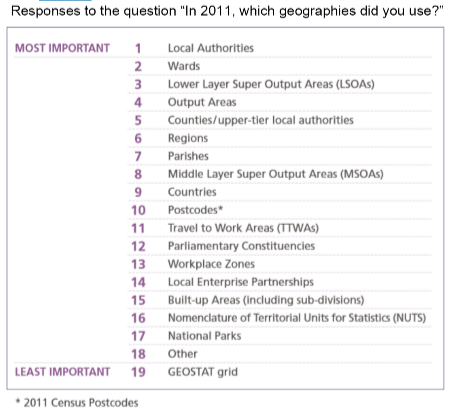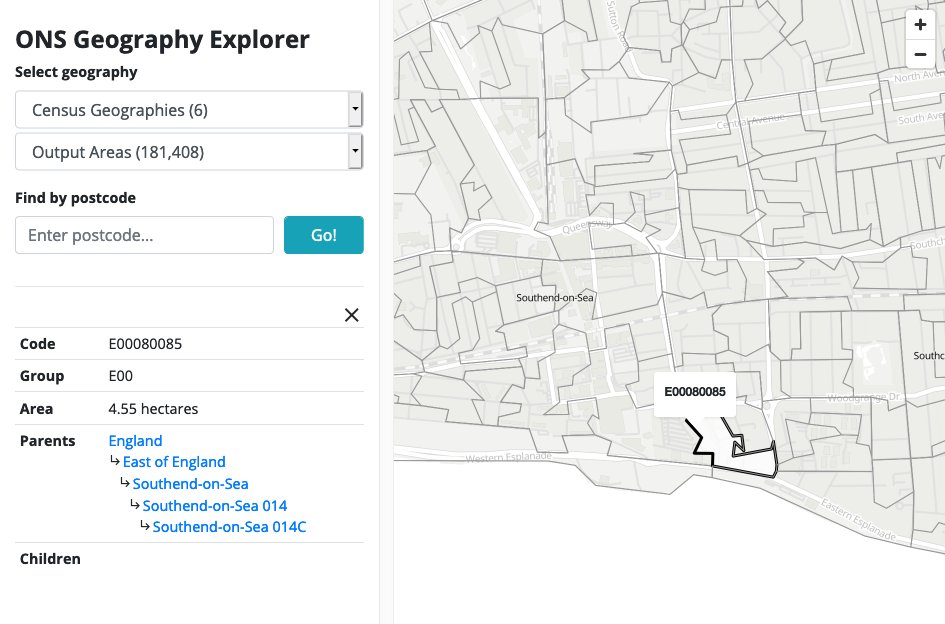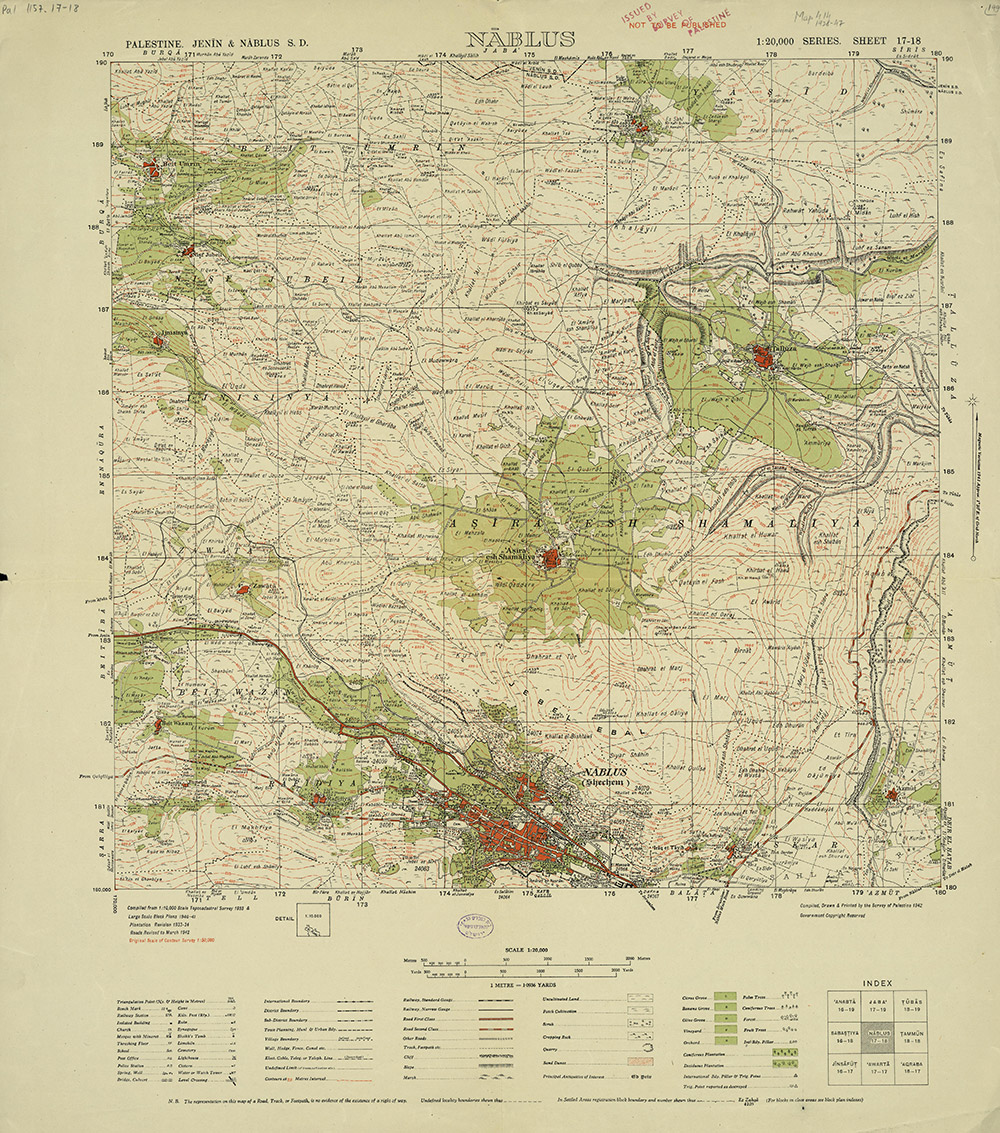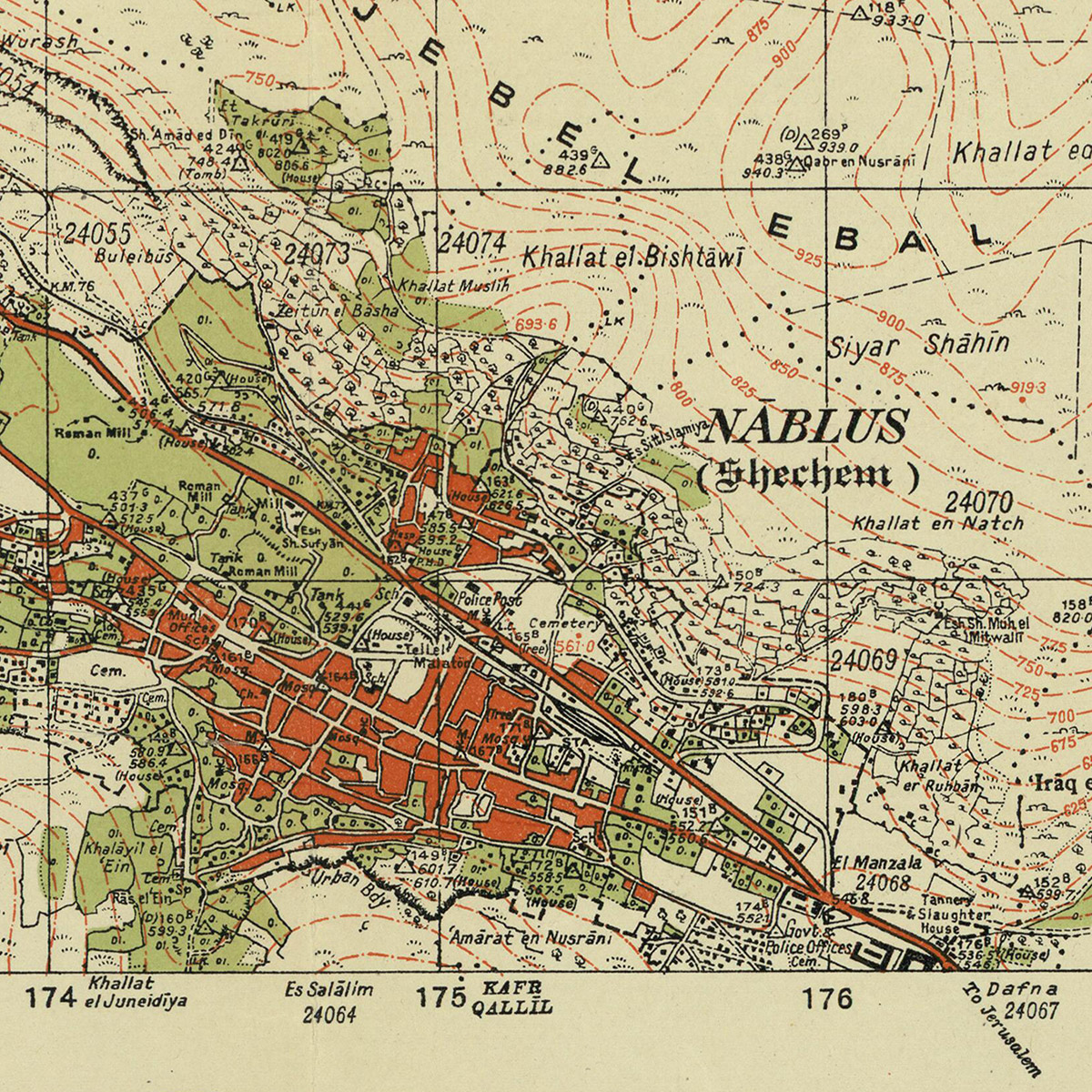
In case you didn't get the memo, we've got a big @Census2021 data release coming this Wednesday (2 November) at 9:30am. A quick 🧵 on what to expect...
1/5
1/5

This next data release will include datasets on the topic of "demography and migration". It is the first of nine topic summary data releases, and is the first @Census2021 release with data down to a neighbourhood level (AKA "output area" level) census.gov.uk/census-2021-re…
2/5
2/5

Specifically, you can expect to find data for variables including population density, median age, sex, household size and deprivation, marital status, passports held, and length of residence in the UK
3/5

3/5


We're particuarly excited about Wednesday's release because we'll be going live with a new #CensusMaps tool that will allow you to explore all of this data on an interactive map right down to neighbourhood level (THIS SCREENSHOT IS NOT ACTUAL DATA!) ons.gov.uk/releases/censu…
4/5
4/5

You can find links to many of the upcoming @Census2021 data releases on the ONS release calendar ons.gov.uk/releasecalenda…
5/5
5/5
• • •
Missing some Tweet in this thread? You can try to
force a refresh









